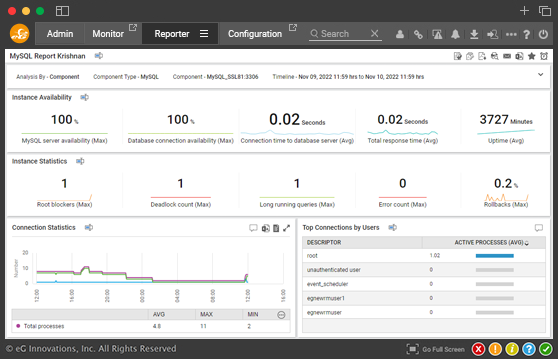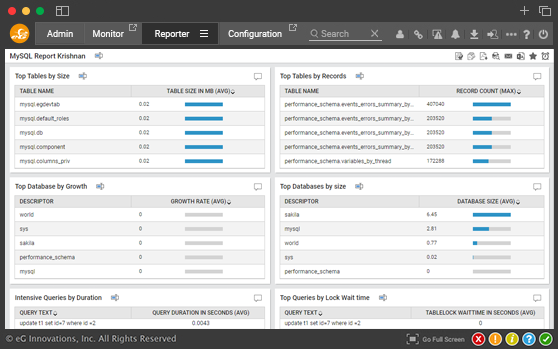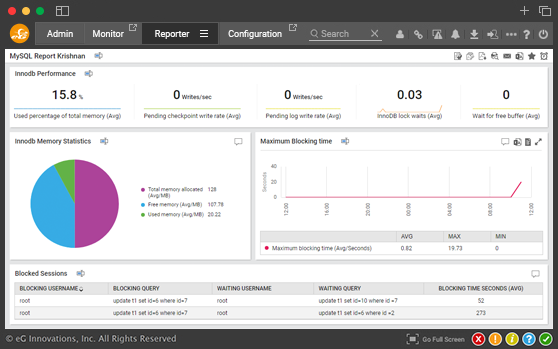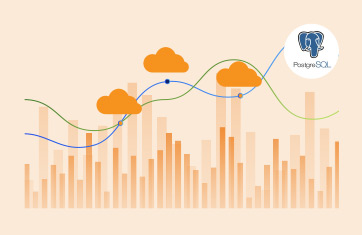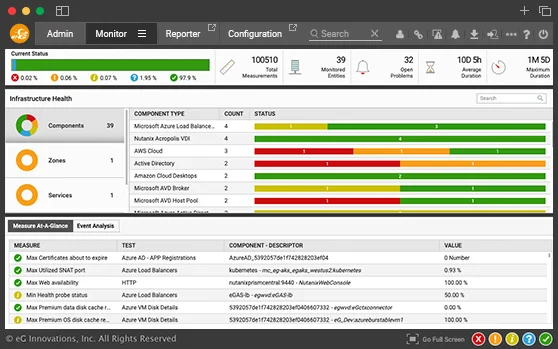MySQL Monitoring and Performance Management
Comprehensive Performance Monitoring of MySQL Database Servers
Free TrialAchieve SLAs by Proactively Fixing Performance Issues Through 24x7 Monitoring
Over the years, MySQL has been the most popular database platform in use in enterprise IT. Applications across domains and across technologies use MySQL as the backend database for its reliability, ease of use, affordability, and compatibility. To ensure peak performance of these applications, it is essential that the MySQL databases in use are working well.
eG Enterprise embeds best practices to provide proactive monitoring, rapid diagnosis, and empirical reporting for MySQL database servers. IT operations, DevOps, and even development teams can use these insights to determine whether the database server is a performance bottleneck and how to tune it to ensure peak performance.

eG Enterprise has been incredibly useful and has far exceeded our expectations. Metrics relating to SQL and missing indexes have provided critical information that we had long suspected were performance issues. Now we have the information to address specific performance
challenges.
![]()
Monitor MySQL Database Performance from an Application Perspective
eG Enterprise application performance monitoring allows database performance to be monitored in the context of the applications using MySQL database servers.








